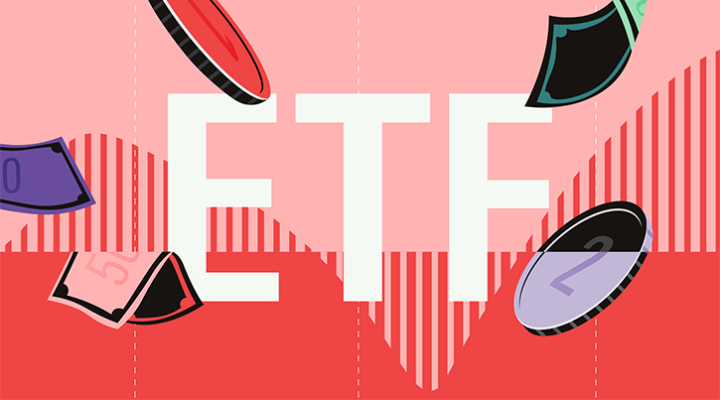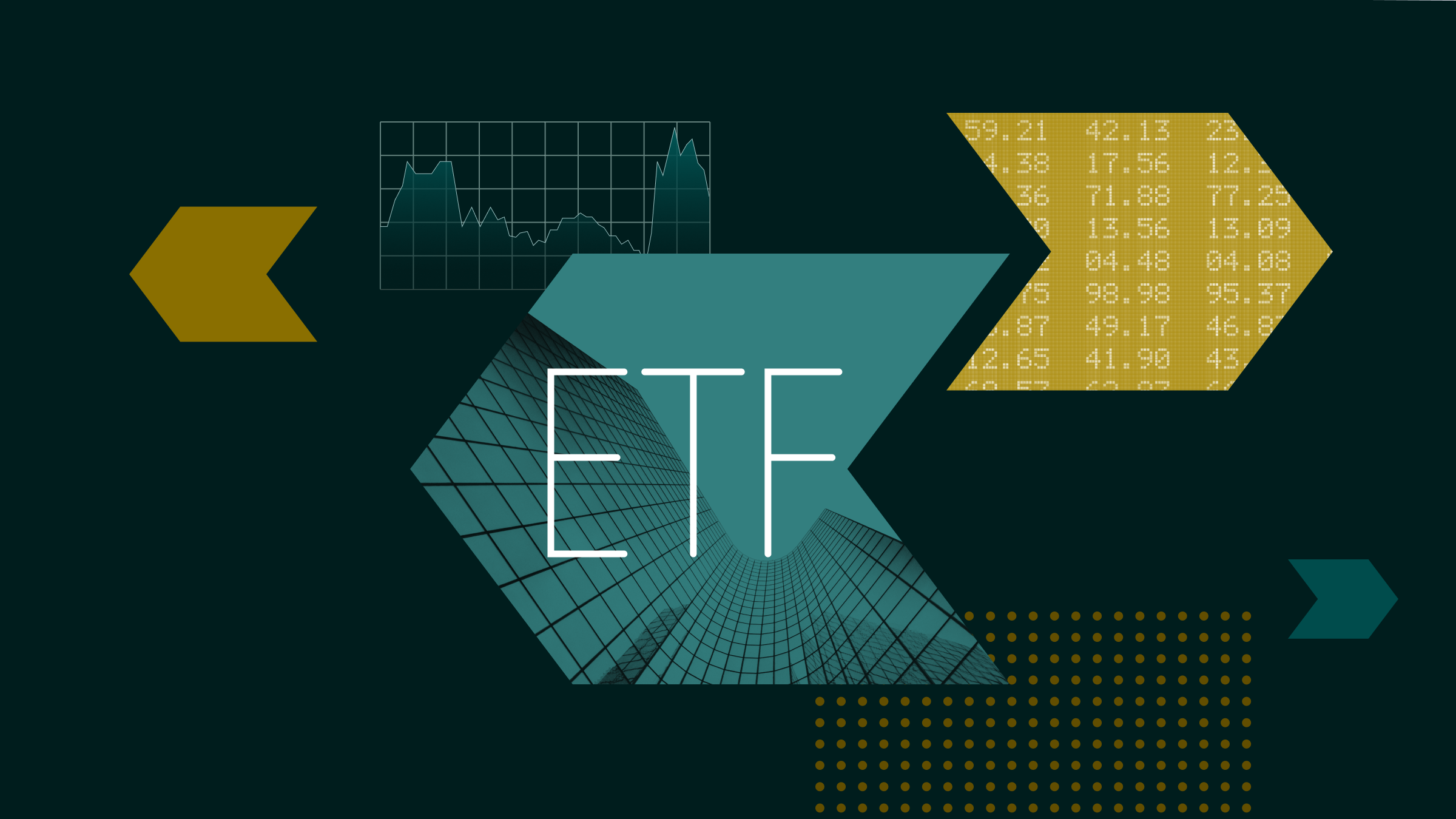Active fund investors are taking a different approach to their passive fund peers amid market volatility in developed markets, fund flows data from Morningstar Direct shows.
When looking into the same Morningstar category, modest inflows in exchange-traded funds suggest that ETF investors are less sceptical about the outlook of markets in the US and the UK while open-ended fund investors are selling out quick.
In April, the UK large-cap blend equity sector in ETFs saw inflows of £1.5 million while in the same sector in open-ended funds, outflows jumped by about £475 million in April. Similar scenarios are applicable to the UK equity income sector and the US large-cap blend equity sector.
ETFs in the UK equity income sector recorded £3 million inflows year to date, however open-ended funds in the same sector saw £99 million outflows year to date. Likewise, ETFs in the US large-cap blend equity sector saw £2.3 million inflows in April, adding to £5.3 inflows year to date while open-ended funds in the same sector saw £36 million outflows in April, contributing to £211 million outflows year to date.
Fund flows highlight a change of how investors invest in different types of funds. As a wider range of investors become more aware of ways to utilise ETFs in their portfolio, strategists at BlackRock told Morningstar earlier in May that they believed ETFs are becoming more popular.
“A more diversified set of investors have a better understanding and a more positive stance towards ETFs than in the past. This is happening across asset classes and across geographies. However, the biggest challenge of the growth of ETFs is how to increase education and awareness,” said Matthew Tucker, head of iShares US fixed income strategy at BlackRock.
Which are the Most Popular ETFs?
The Vanguard FTSE 100 (VUKE) ETF in the UK large-cap blend equity sector topped the chart as the most popular sector among Morningstar readers last month. Morningstar analyst Hortense Bioy believes that this ETF is a strong choice for investors looking to gain exposure to the pure large-cap segment of the UK market.
This ETF provides exposure to the 100 largest UK stocks at a very competitive price of 0.09%, one of the cheapest ETFs tracking the FTSE 100 index, boasts a minimal level of tracking error, and exhibits some of the tightest spreads on the London Stock Exchange, according to Bioy.
Another ETF in the same sector, iShares Core FTSE 100 (ISF) comes seventh on the most popular list. This ETF also offers a “super low fees” at 0.07%, reduced from 0.4% in March 2015. The fund has lagged its rival FTSE 100 ETFs over the trailing three-year period but Bioy expects tracking performance to improve significantly in the future thanks to the fee cut. She believes that this ETF can be used as a core holding for investors looking to build a UK-centric portfolio and wishing to complement an allocation to mid-caps and small caps.
The Vanguard FTSE All-World (VWRL) ETF in the global large-cap blend equity sector comes second in the most popular list among Morningstar readers.
US Large-cap ETFs
The third most popular ETFs among Morningstar readers is Vanguard S&P 500 (VUSA) in the US Large-Cap Blend Equity. The ETF provides low-cost access to 500 of the largest companies in the United States, according to Morningstar analyst Monika Dutt. The ongoing charge is 0.07%. Given the U.S. equity market is highly efficient, a solid body of evidence shows active managers struggle to outperform U.S. large-cap benchmarks, therefore Dutt believes that taking a passive approach to this asset class makes a lot of sense. Dutt adds that this fund is one of the cheapest passive offerings providing exposure to the U.S. large-cap equity market. She sees this fund as an excellent above-average investment proposition, likely to consistently continue outperforming its category peers.
ETFs in UK Equity Income Sector
iShares UK Dividend (IUKD) in the UK equity income sector came fourth on the most popular list. The fund has an ongoing charge of 0.4%, which is at the high end of the range of ETFs providing exposure to UK dividend stocks. This ETF offers exposure to the 50 highest-yielding UK stocks and as such is suitable for investors seeking a regular income stream. It is, however, perhaps less suitable for those looking for long-term capital appreciation, as companies that pay large dividends may do so at the expense of their growth or overall financial health, Bioy says.
































